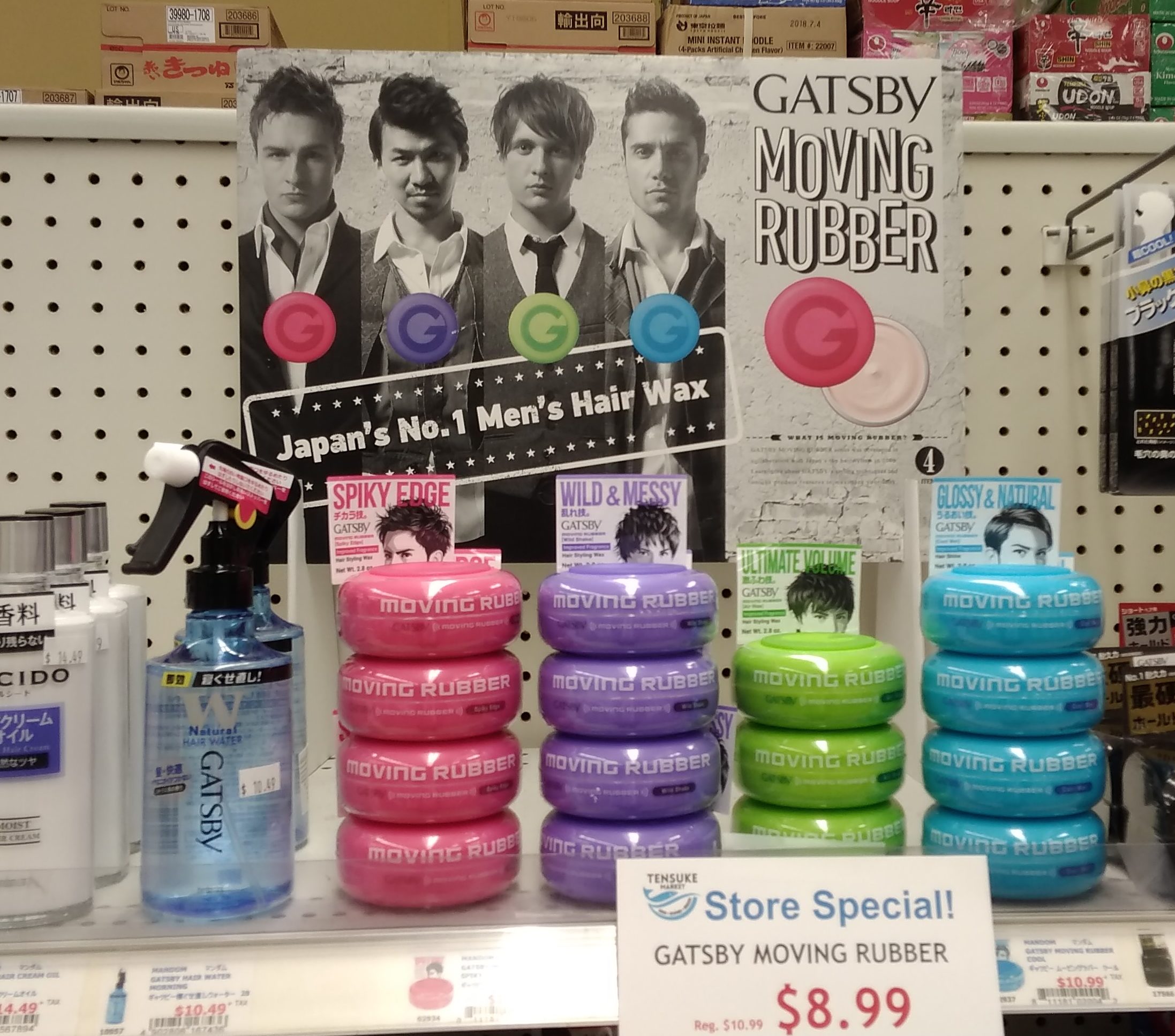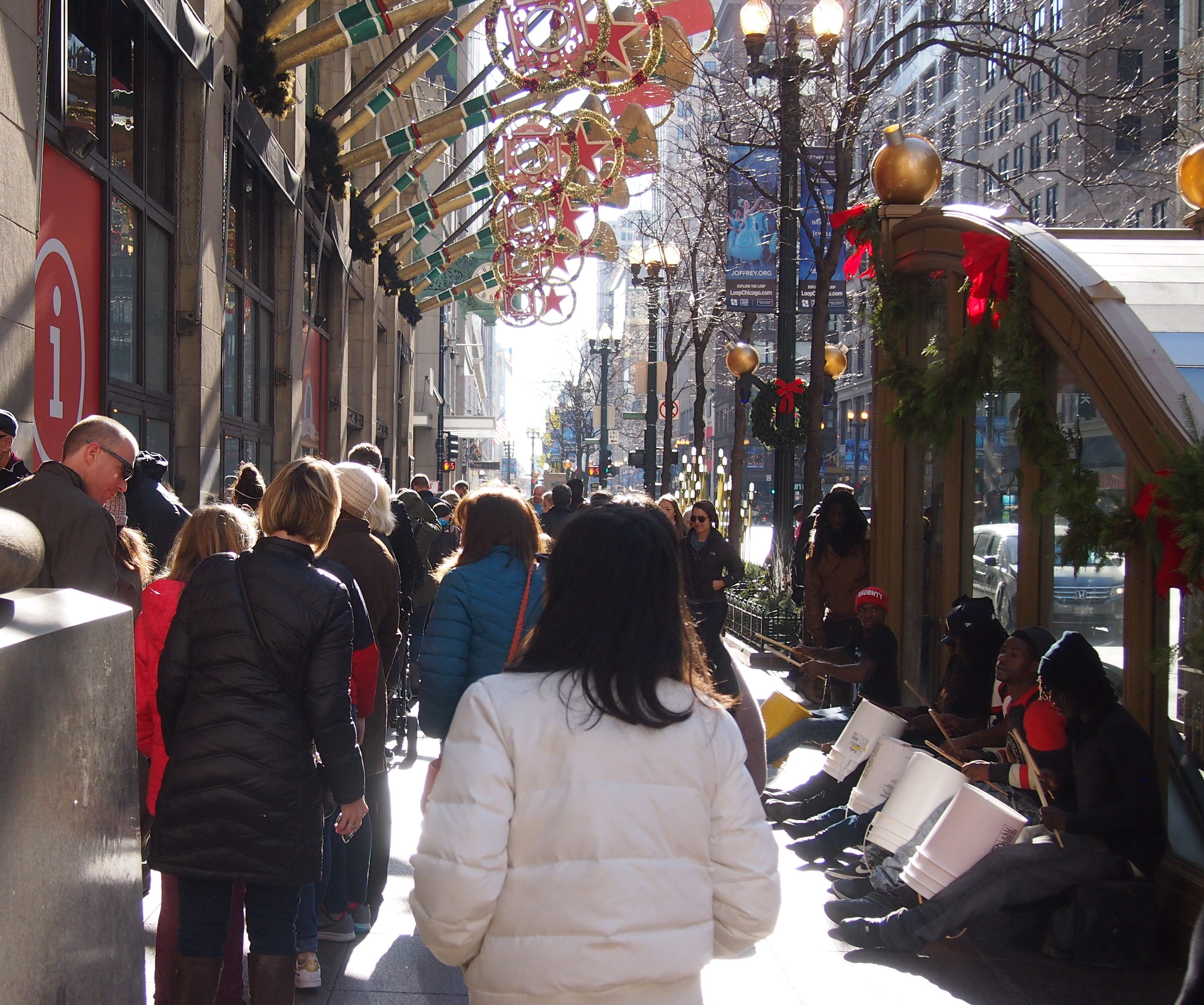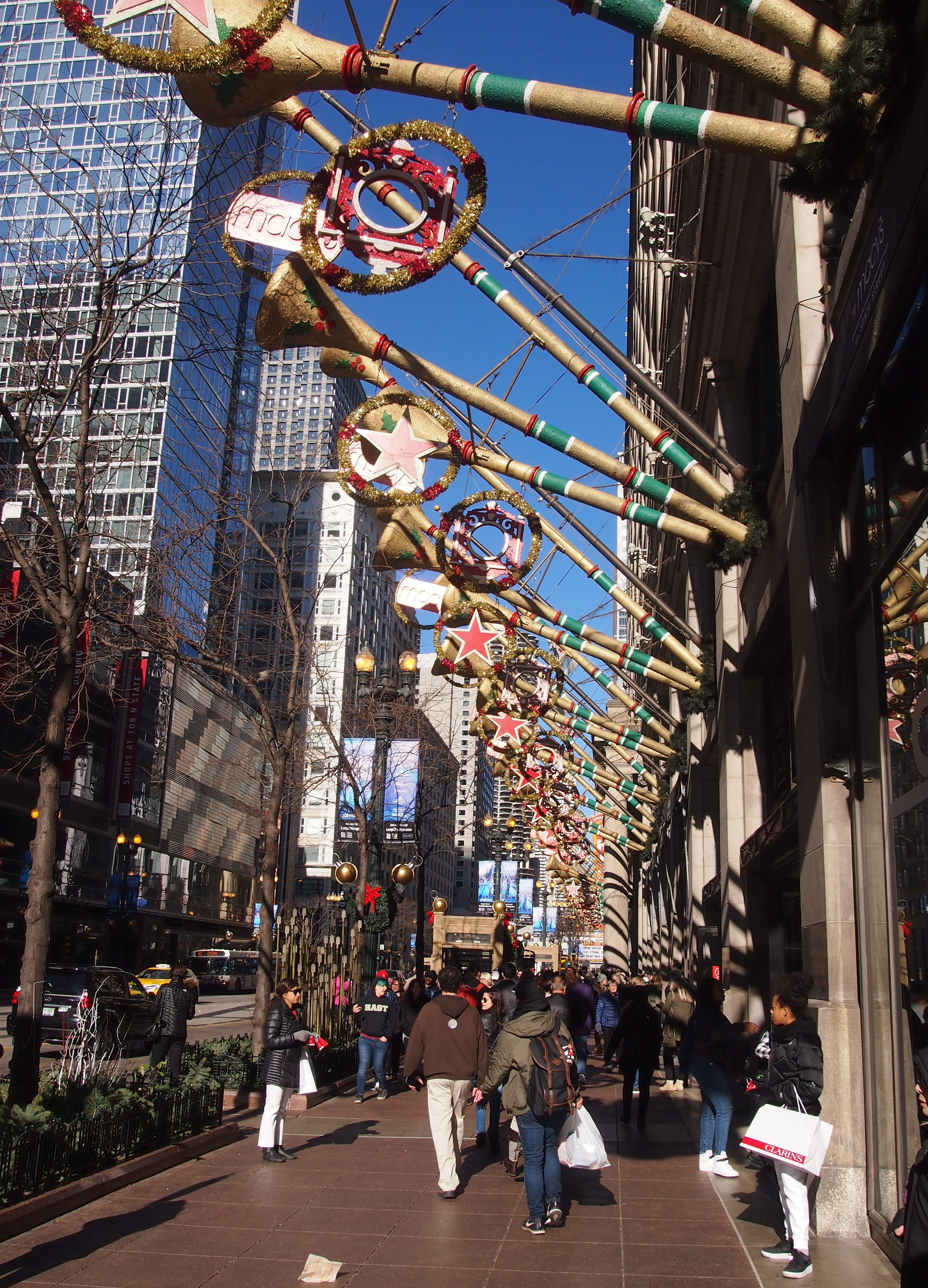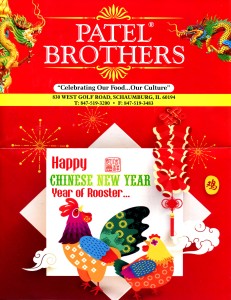Recommended: Terro Liquid Ant Baits. About two weeks ago, itty-bitty black ants started appearing around the kitchen sink. Maybe that’s a sign of spring.
At first, just a few. But as these things always go, a few more and a few more. Pretty soon anything left unwashed in the sink, or any stray bit of food, especially something sweet, would draw a crowd of the little bastards, eager to serve their queen and do their bit for world domination.
I bought some Raid Max Double Control Ant Baits. Double Control. How could you go wrong with a name like that? I set the traps — that is, I took them out of the package and set them on the counter, near the sink — and waited for them to do their extermination work.
The first time I encountered ant bait was in the early days of my time in Japan. One day, large black ants showed up and wanted to share my apartment with me. Larger than the more recent infestation, anyway. So I learned the Japanese for “kill ants” and visited a couple of retailers who might be able to help me.
If I’d been of a more poetic bent, I might have learned “the invader ants must die!” but in any case no language skills were necessary, since the box had a cartoon illustration of what it promised to do. I wish I’d kept it, since it was a gem of commercial manga. Ants see bait. Ants enter bait. Ants find poisoned goodies in bait. Ants take goodies back to nest. Ants feast on goodies. Ants die. Including the queen.
Sure enough, that’s what happened. The day after I put the bait down, I was surprised to see lines of ants entering and leaving the bait, which was a green bit of rectangular plastic with small holes on the side, carrying brown particles away with them. The next day, no ants were to be seen. Over the coming weeks, I’d see a straggler ant or two. Maybe they’d been out on long-range recon and returned only to find a dead colony. Soon even they were gone, and no ants infested my apartment again during the four years I was there.
With that happy experience in mind, I waited for Double Control to do its job. And waited. And waited. But the sink-ants didn’t seem interested. They were probably taunting me and farting in my general direction, inaudibly.
So I looked around for alternatives and found Terro Liquid Ant Baits, also easily available at your neighborhood hardware store. A product of Senoret Chemical Co. of Lititz, Pa., who seem to specialize in pest control.
I put a few baits down, next to the useless Double Control units, and the very next day, the little ants were inside the Terro baits. The Terro baits have a clear top, so you can see it working. This was on Sunday. On Monday, no ants were to be seen around the sink. I’ve seen one or two in the days since; must be that ants are keen on long-range recon.
It’s safe to assume that Terro worked while Double Control did not. What’s up with that, SC Johnson? You used to be so good at killing cartoon insects. Raid kills bugs dead. Not this time.
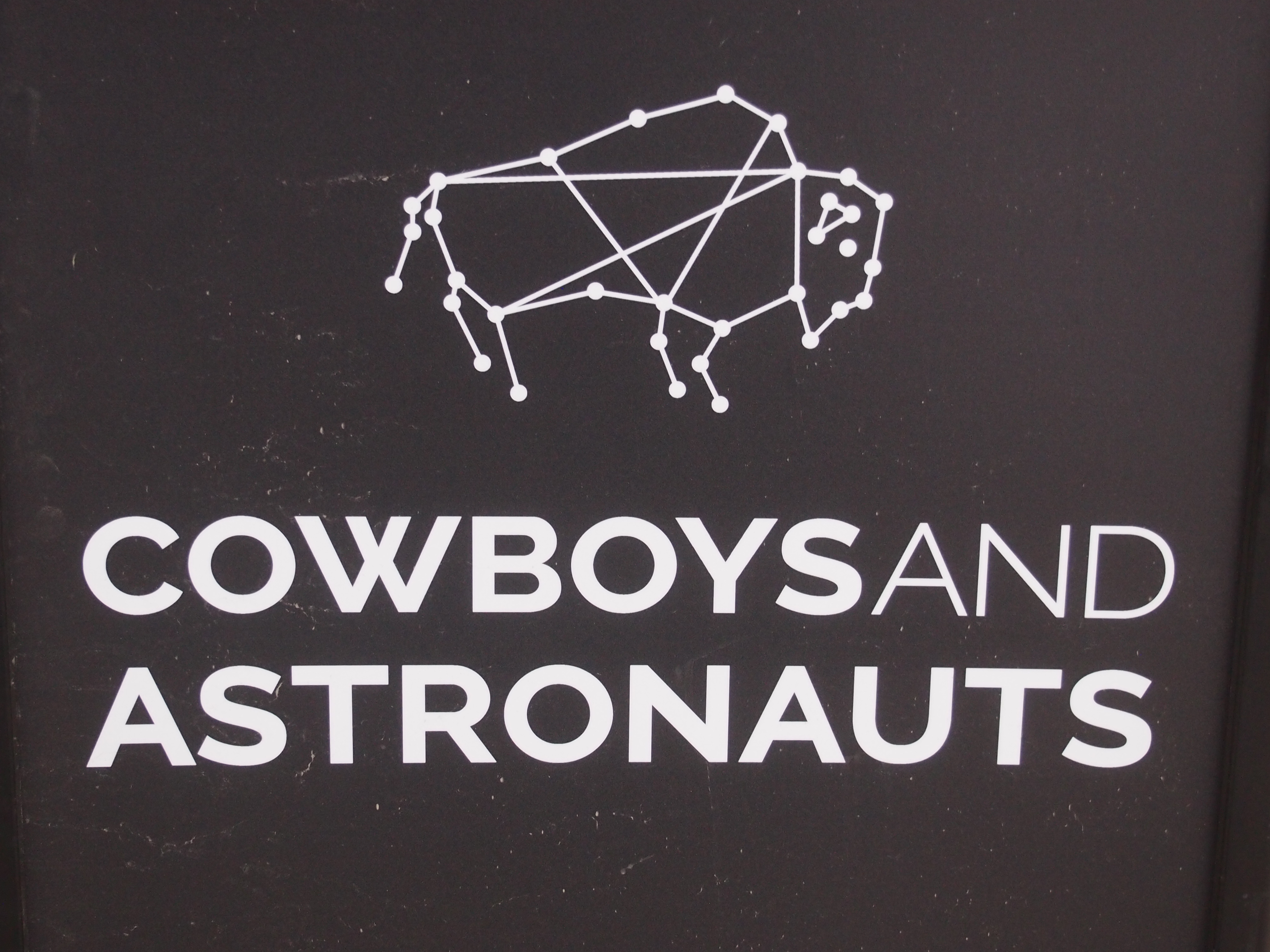
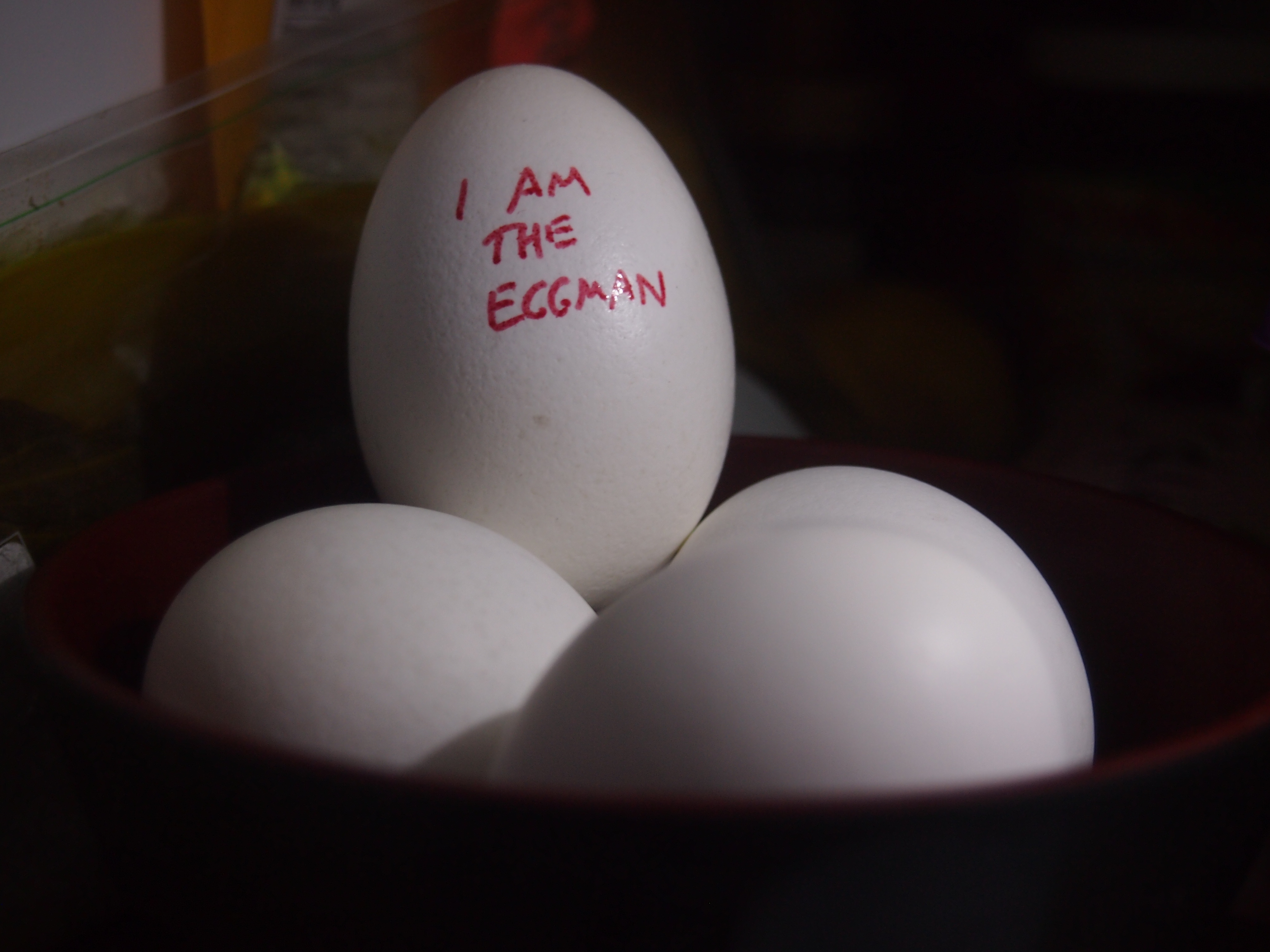
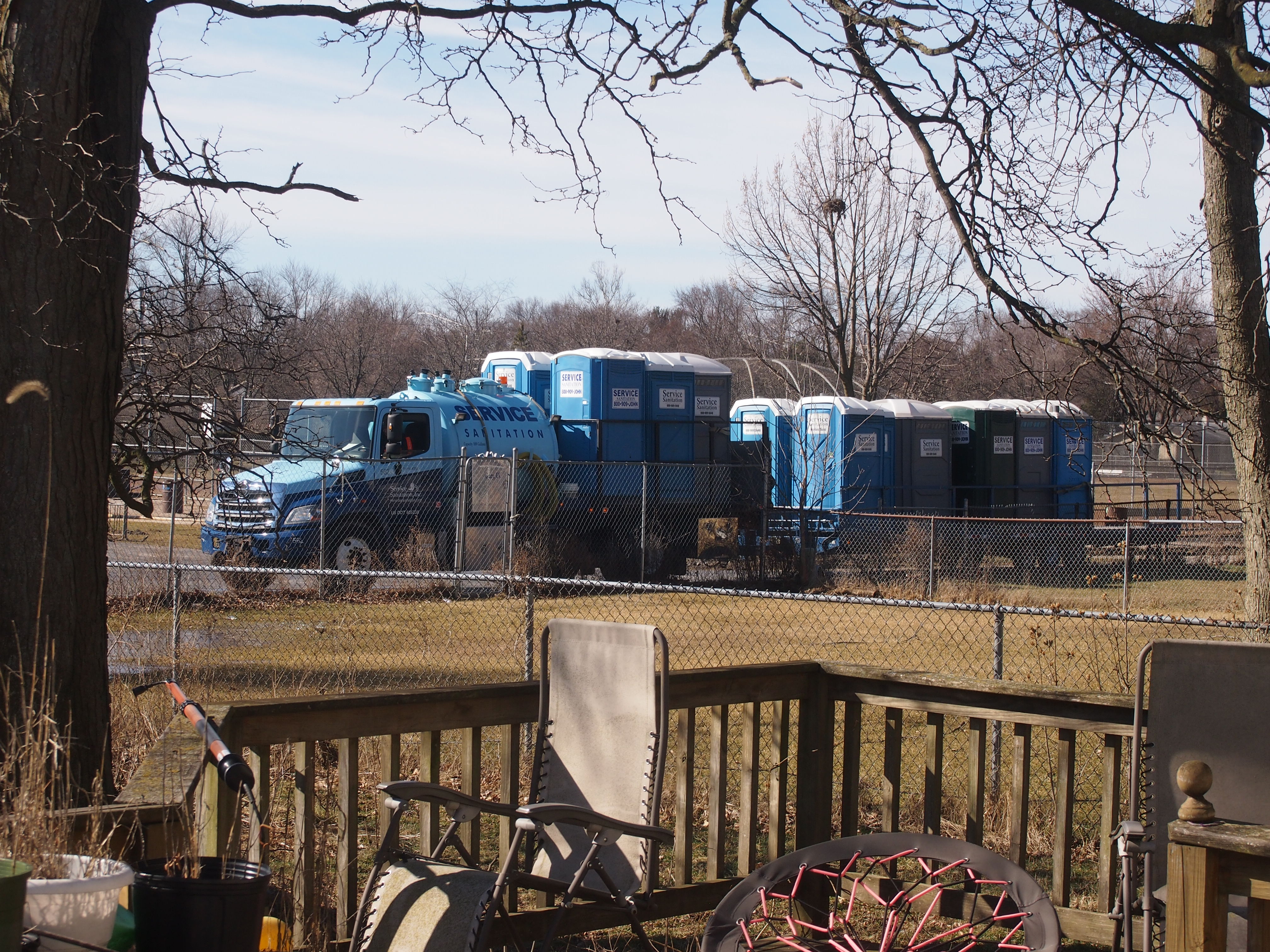 Not often. I think the truck was delivering a few to the park behind the house. Maybe that’s an early sign of spring.
Not often. I think the truck was delivering a few to the park behind the house. Maybe that’s an early sign of spring.